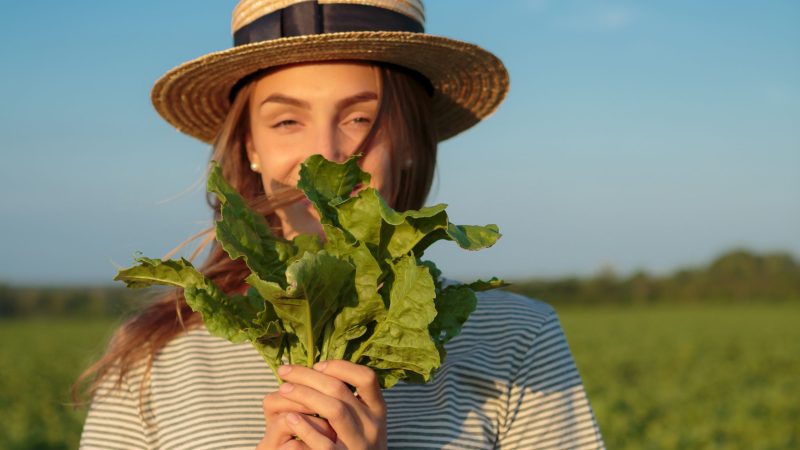Sugar is not only a widely used food ingredient but can also be used as possible starting point for high-added-value products. The European research consortium of CARBAFIN explores different ways to make use of sugar beet biomass: the sugar components glucose and fructose are starting points for the production of important ingredients for not only food/feed but also cosmetics. Besides, fructose can be further converted to a platform chemical, which is applied to the production of bioplastics, biofuels or biopolymers, as well as resins. In other words, CARBAFIN people sweeten our lives!
The time between Halloween and Christmas is for sure one of the most sugar-intense periods in the Western civilization. In the last year (2017/18) people consumed 183,6 million tons of sugar worldwide. The main source of sugar is sugar cane, while 20% are covered by sugar beet – and sugar beet is the specialist subject of European sugar production: at the moment there are roughly 145.000 sugar beet farmers in Europe. That makes Europe the world’s leading sugar beet producer!
However, market regulations have changed with the fall of the sugar quota in late 2017. Additionally, there is a societal trend to reduce sugar consumption, which leads to a significant amount of surplus sugar. Consequently, the sugar industry demands for alternative uses of sugar beet biomass, opening the way to new exploitation strategies in a bio-based economy.
This is, where CARBAFIN steps in.
The research project aims at the development of new value chains for the utilization of surplus sugar beet biomass in the EU. Some product examples are cellodextrin, glucosylglycerol or 5-hydroxymethylfurfural (HMF) – these are the complicated terms for ingredients of food/feed, cosmetics or building blocks for chemical industry better known as dietary fibers/prebiotics, moisturizing components/stress protection molecules or petrochemical replacements. In particular, HMF is a premium platform chemical, in other words, a starting point used for the production of bioplastics, biofuels, biopolymers or resins, for example.
The technology
As the product spectrum shows, the application potential of sugar derivatives, so called glycosides is amazing! But how to realize this conversion, that seems comparable with turning water into wine? A central element for this process is biocatalytic glycosylation. The appropriate driver for this reaction is an enzyme called glycoside phosphorylase, a highly active and robust biocatalyst that uses sugar (sucrose) as a donor substrate and links the glucose moiety to another molecule. The resulting products are glycosides and fructose in equimolar amounts. Although glycoside phosphorylases have been recognized for being promising tools for glycoside production before, their potential for industrial bioprocesses has not yet been realized. CARBAFIN works now on achieving a breakthrough in that regard: the research team will develop and optimize appropriate cell factories, in which glycoside phosphorylases are produced and in which also the glycosylation reaction takes place. In a further step, researchers have to explore the optimal method for purification (downstream processing) of the products. Ideally, all these steps from enzyme production, sucrose conversion to high-added-value products and purification are performed continuously in order to save time and costs.
Who benefits from surplus sugar?
In the sense of a bio-based economy CARBAFIN finds efficient ways for production of fine chemicals and high-added-value products out of sugar. The products, such as novel prebiotics/dietary fibers and stress protection molecules increase the societal well-being by making the gut and skin microbiome healthier. New ways for linking fructose streams to production of platform chemicals will reduce the production costs as well as the reliance on petrochemicals. Another side effect is that sugar industry can further grow by extending their application fields. The consequence: the healthier we live by less sugar consumption, the sweeter will get our surrounding!
This project has received funding from the European Union’s Horizon 2020 research and innovation programme under grant agreement No 761030. The content of this article reflects only the author’s view, the EU-Commission is not responsible for any use that may be made of the information it contains.
Picture credits: Shutterstock